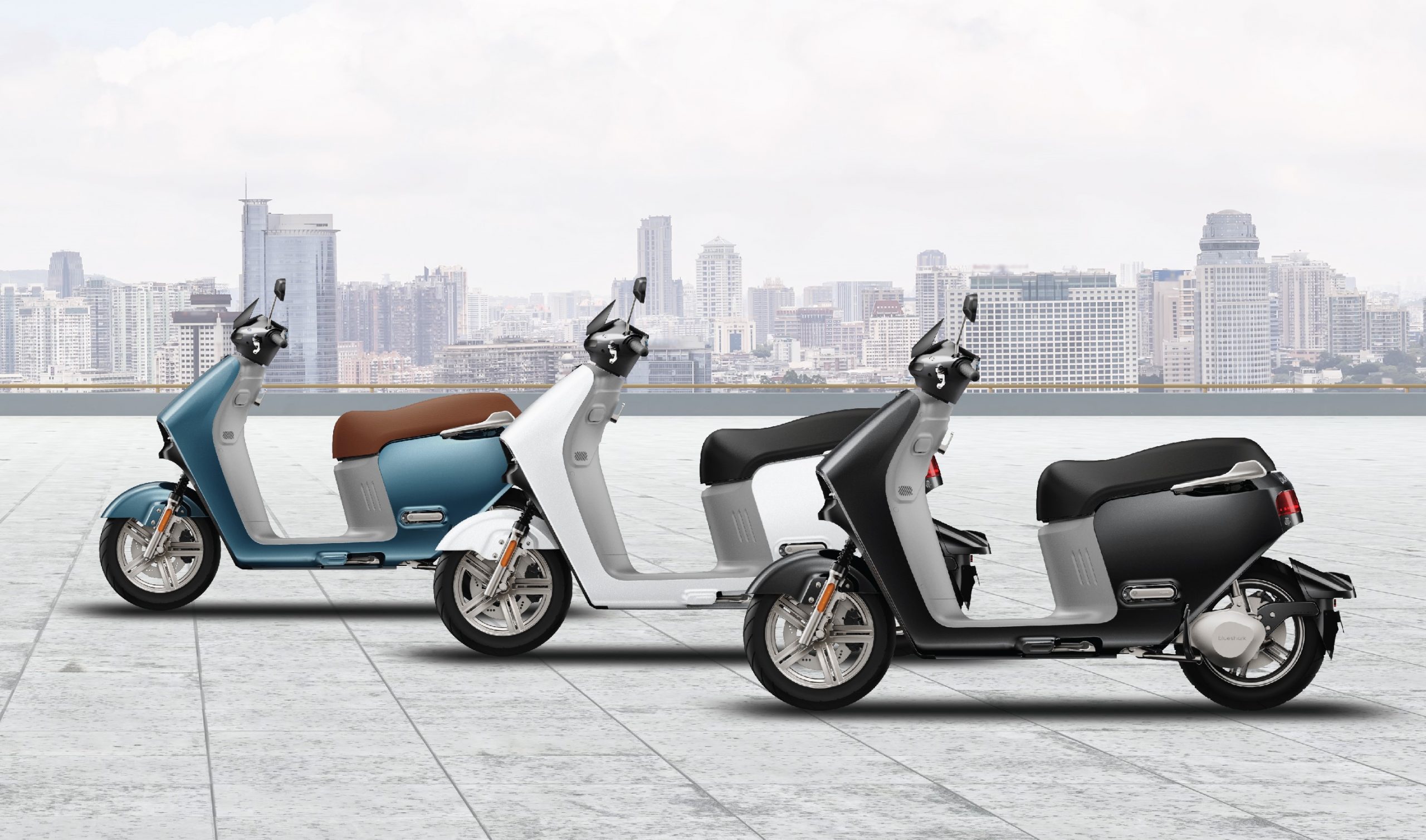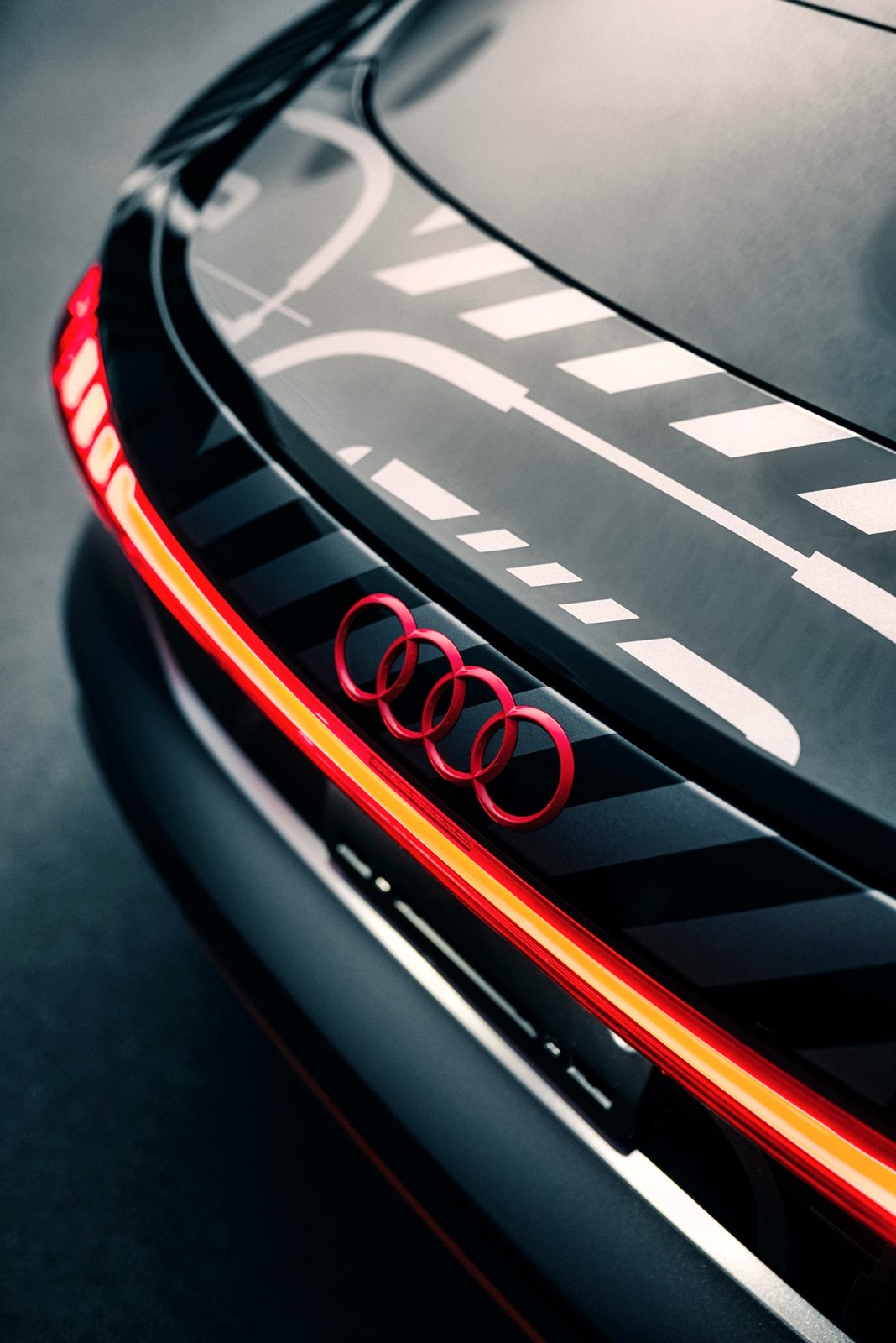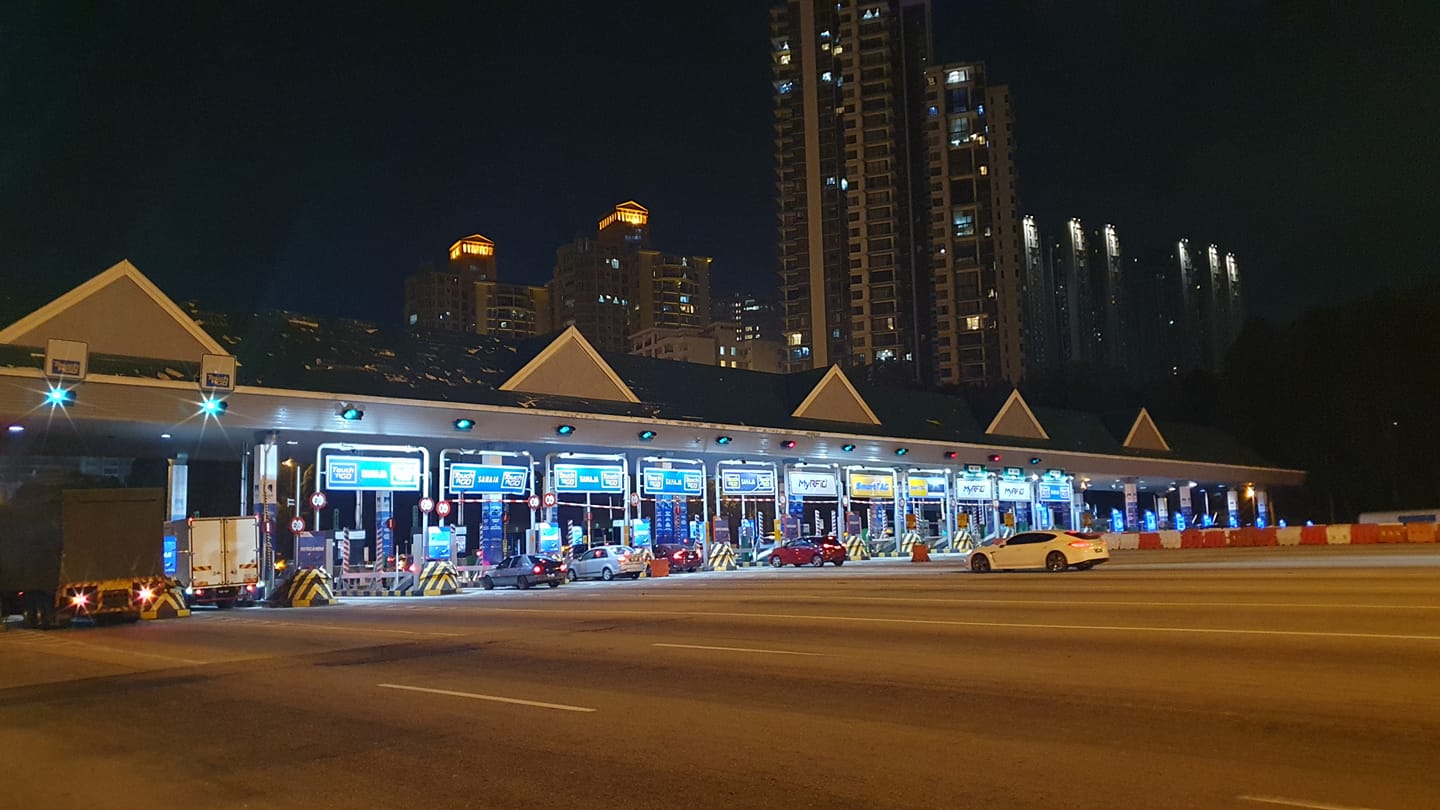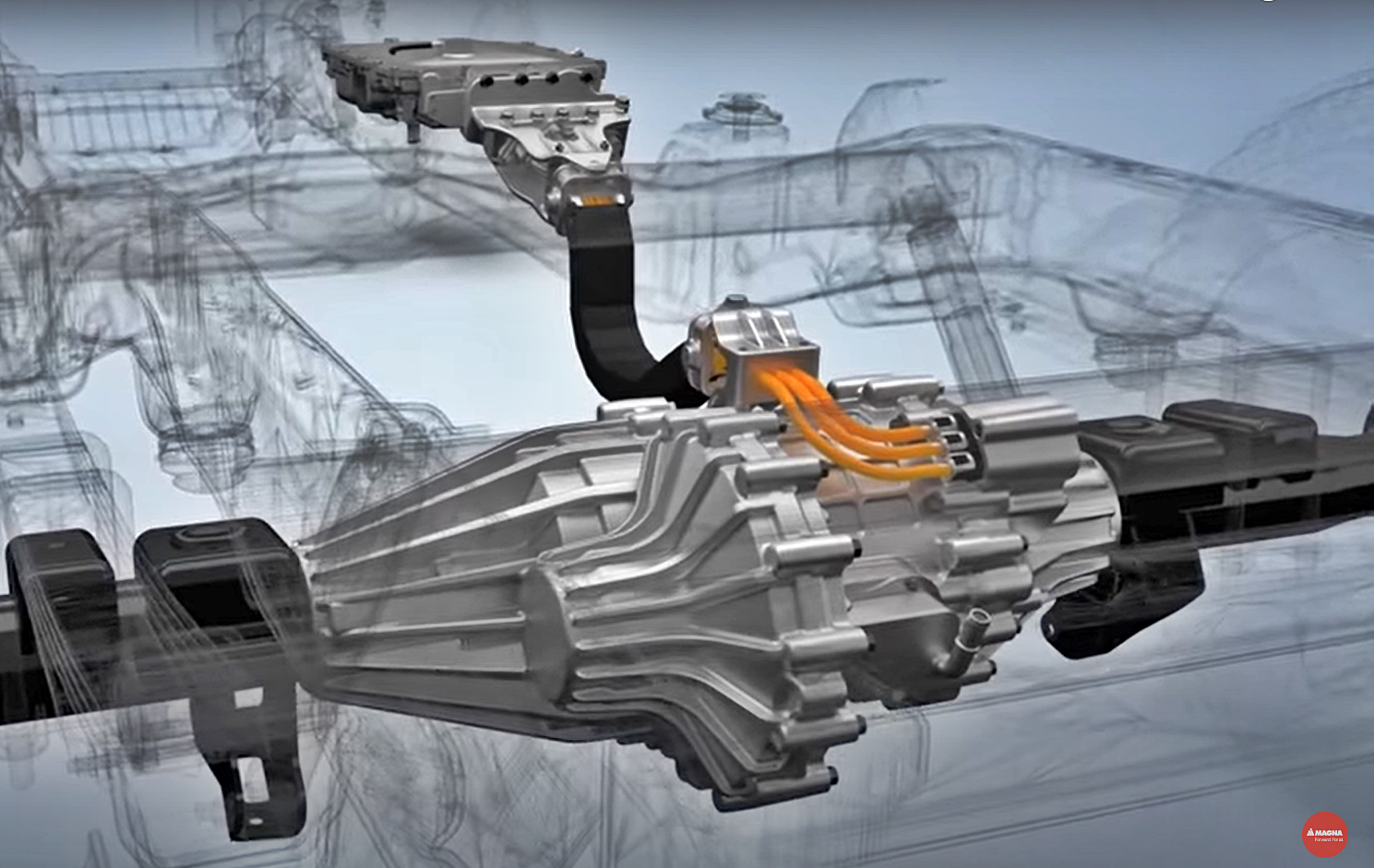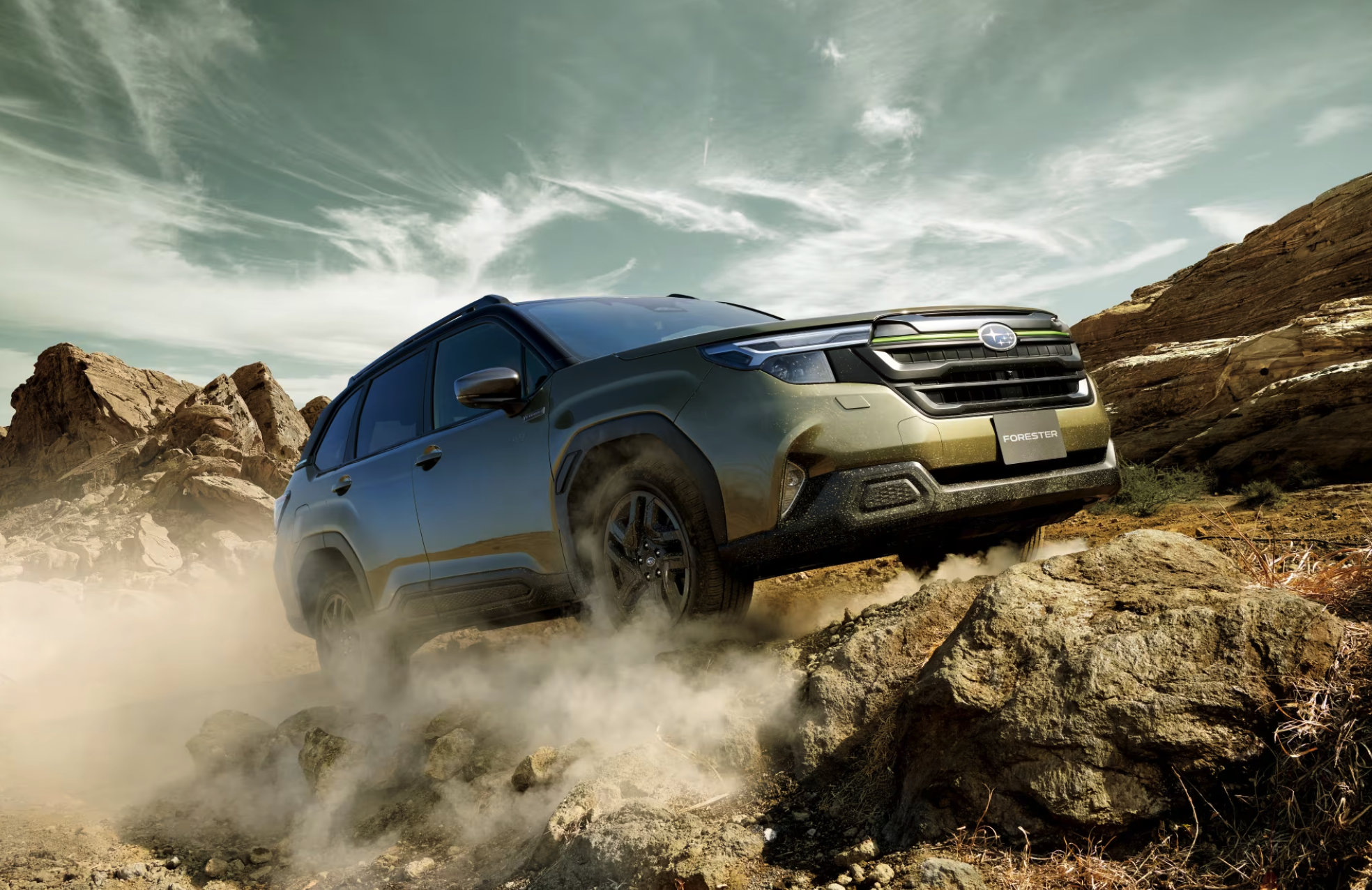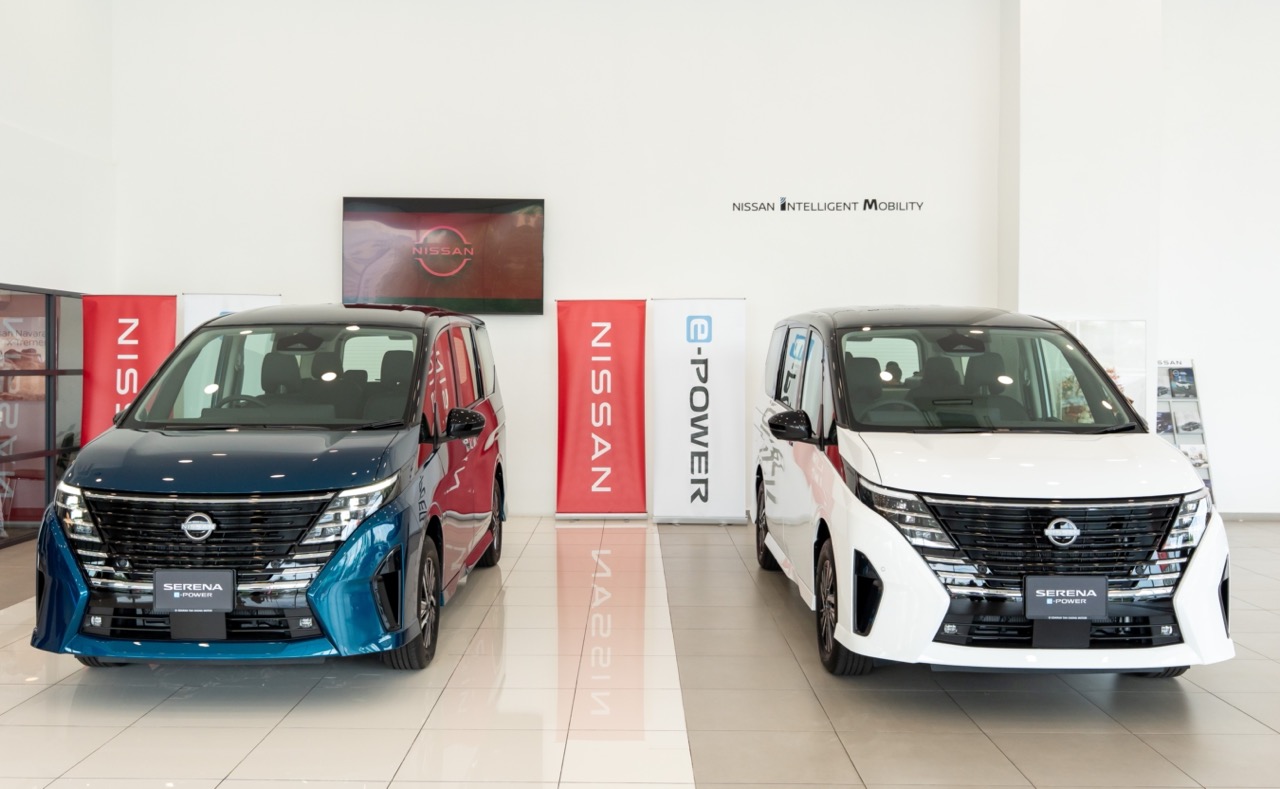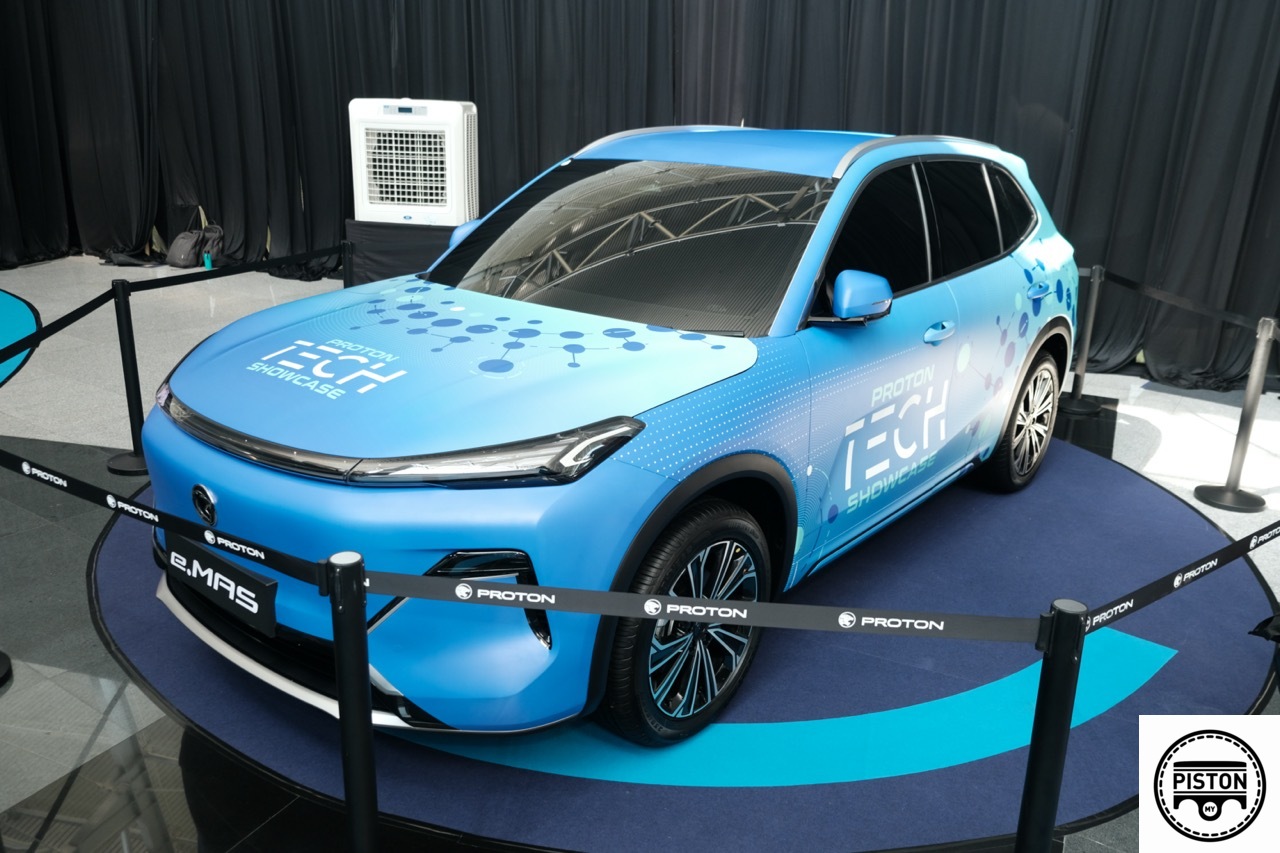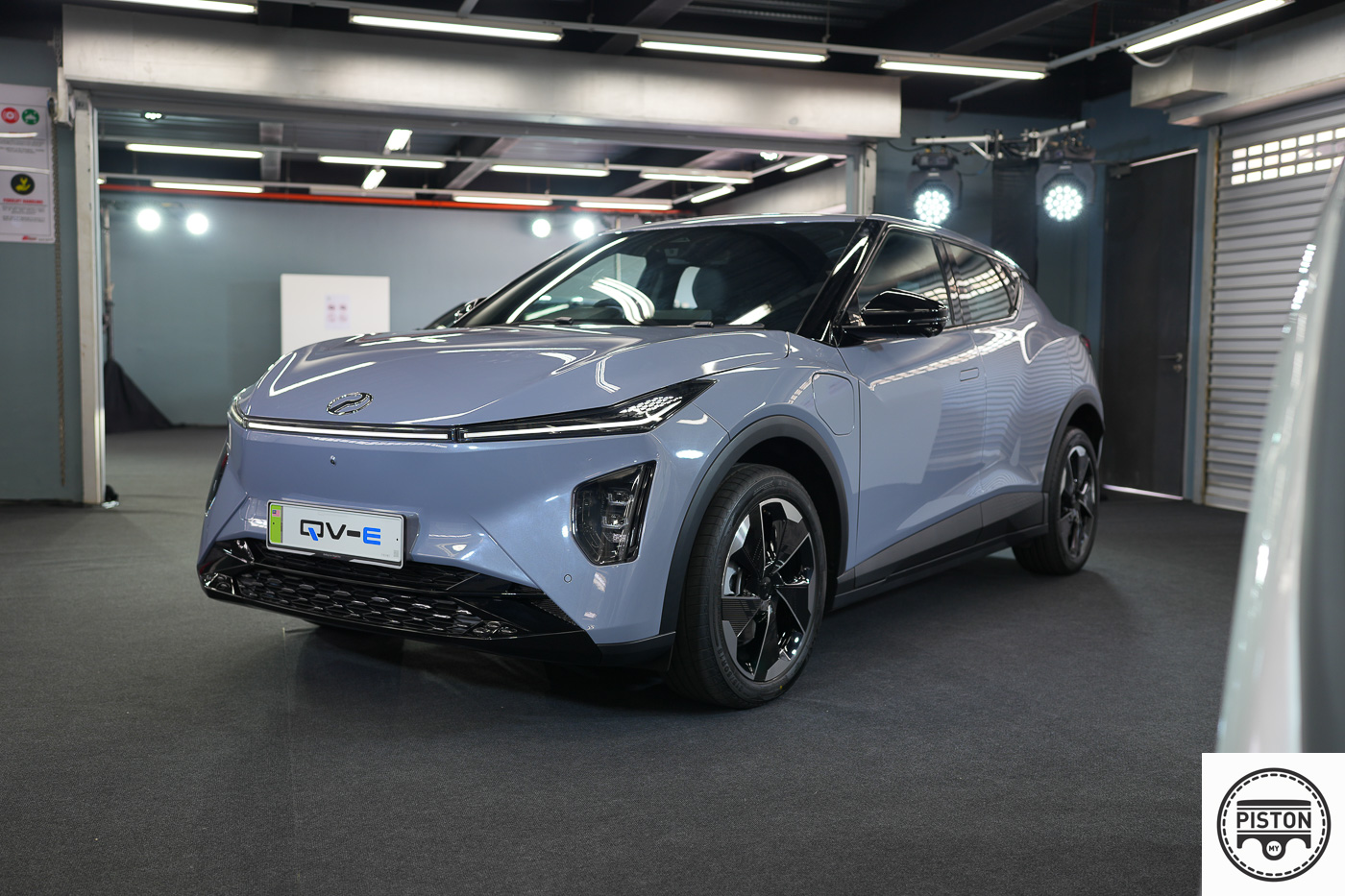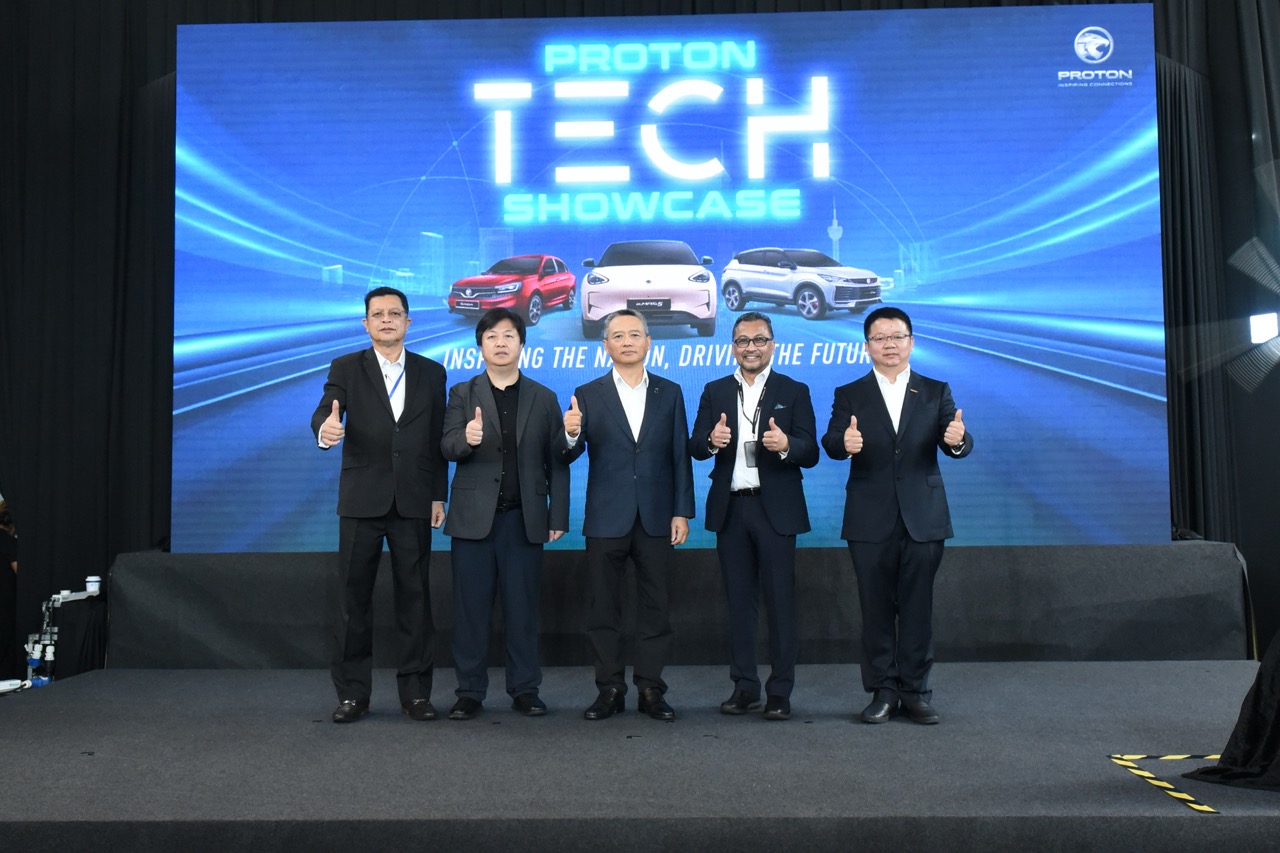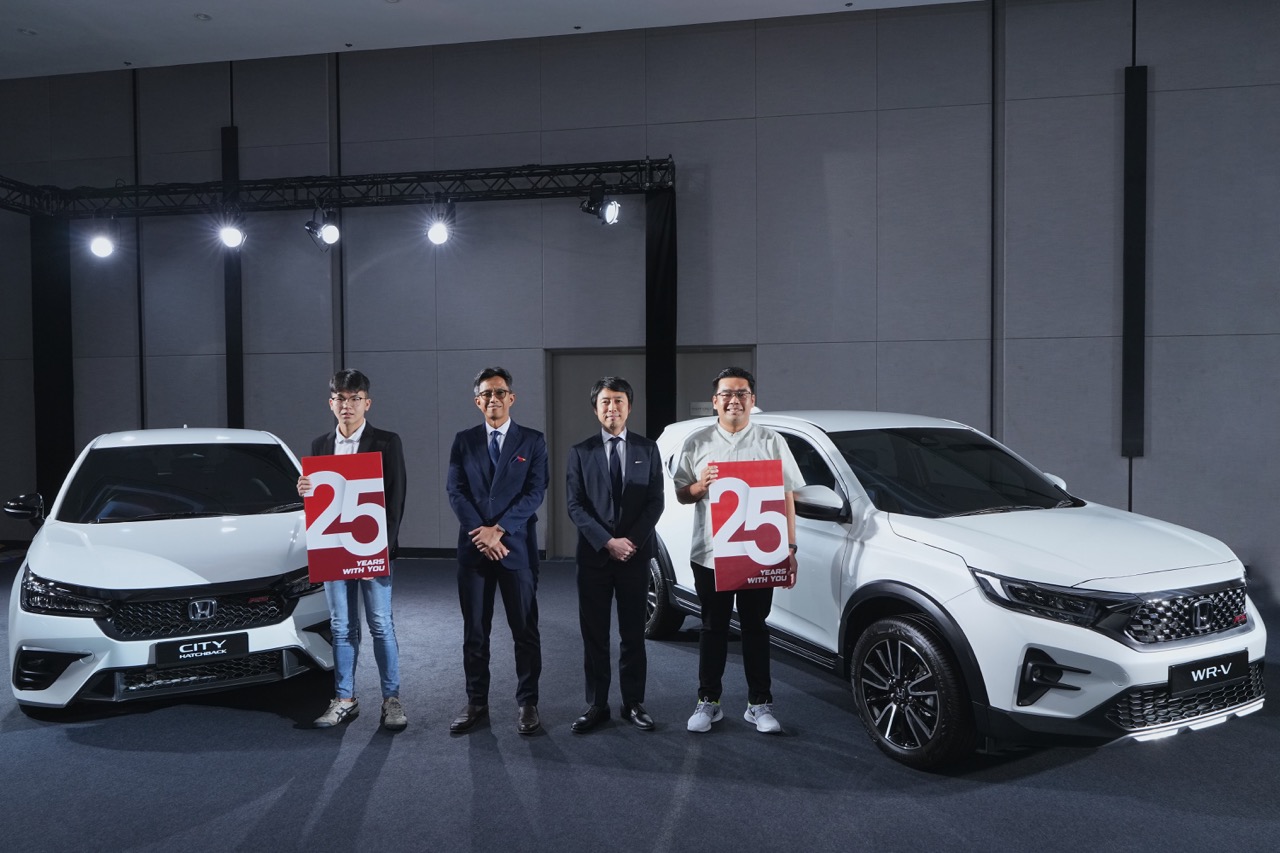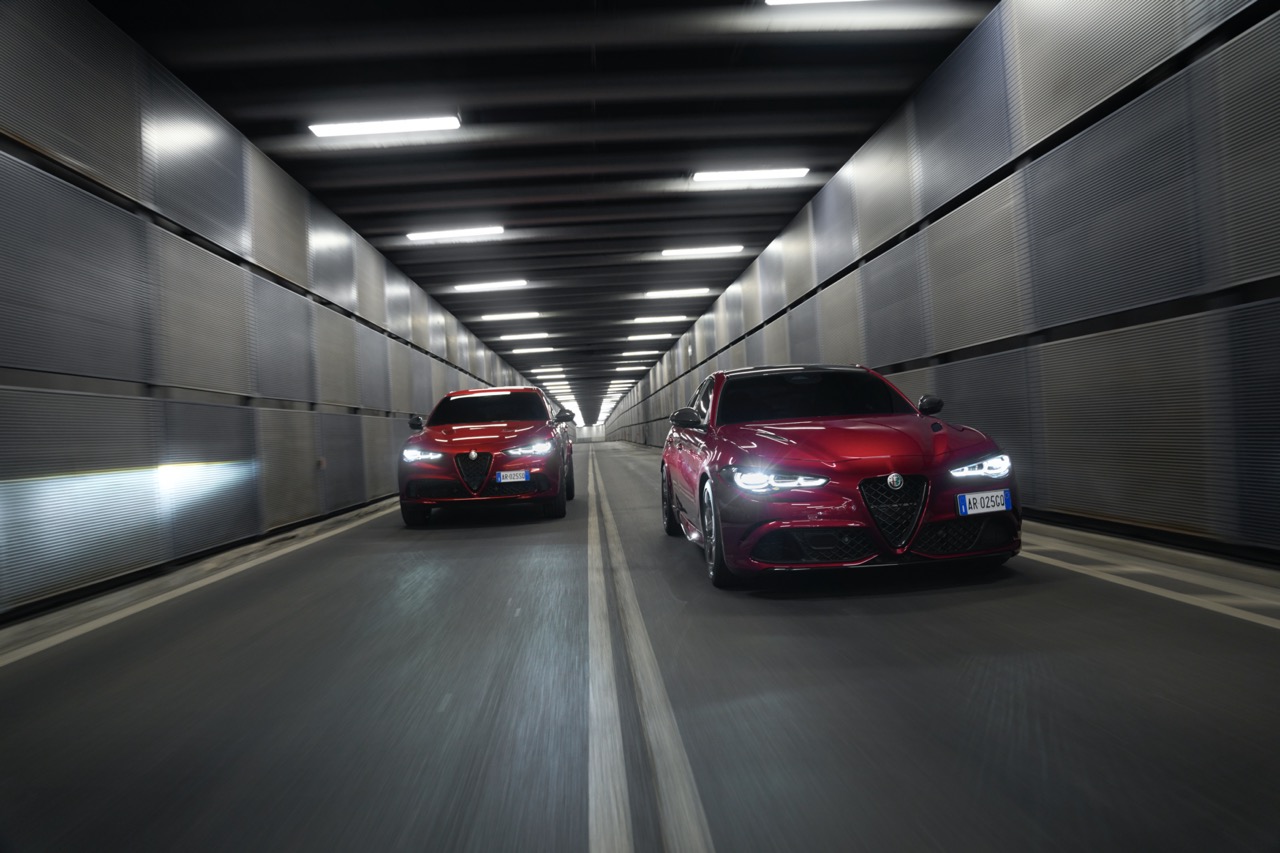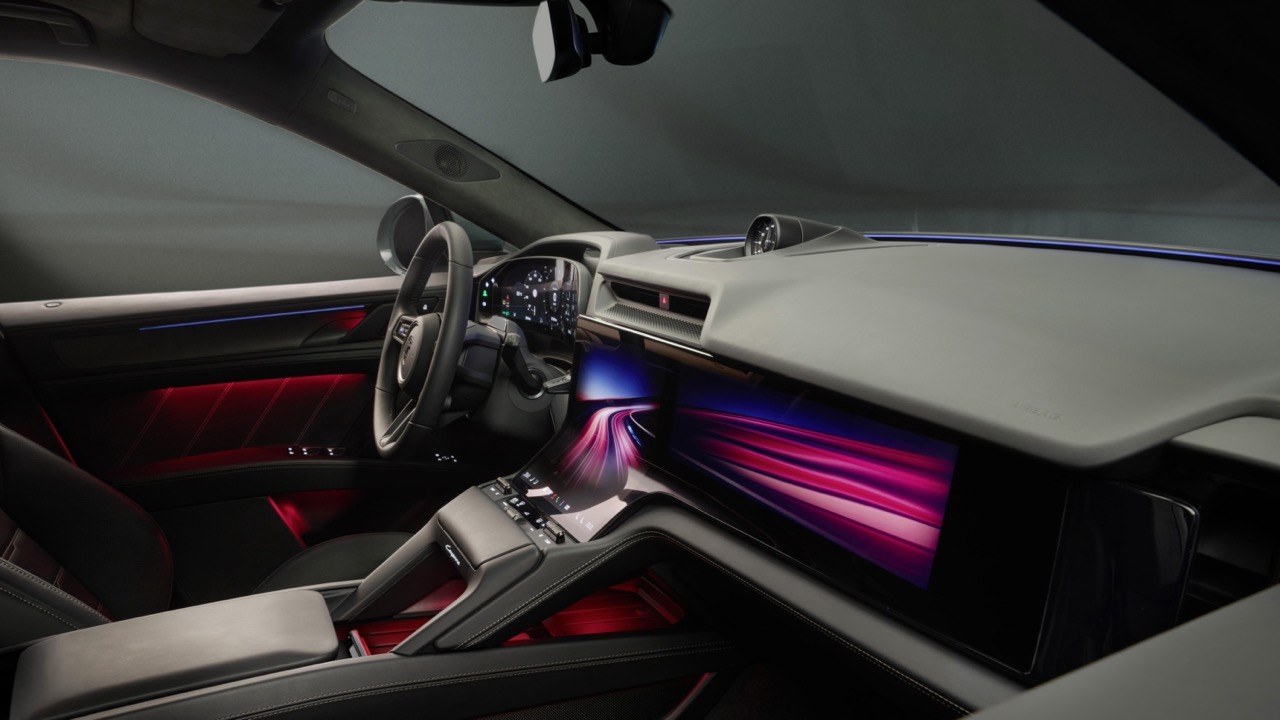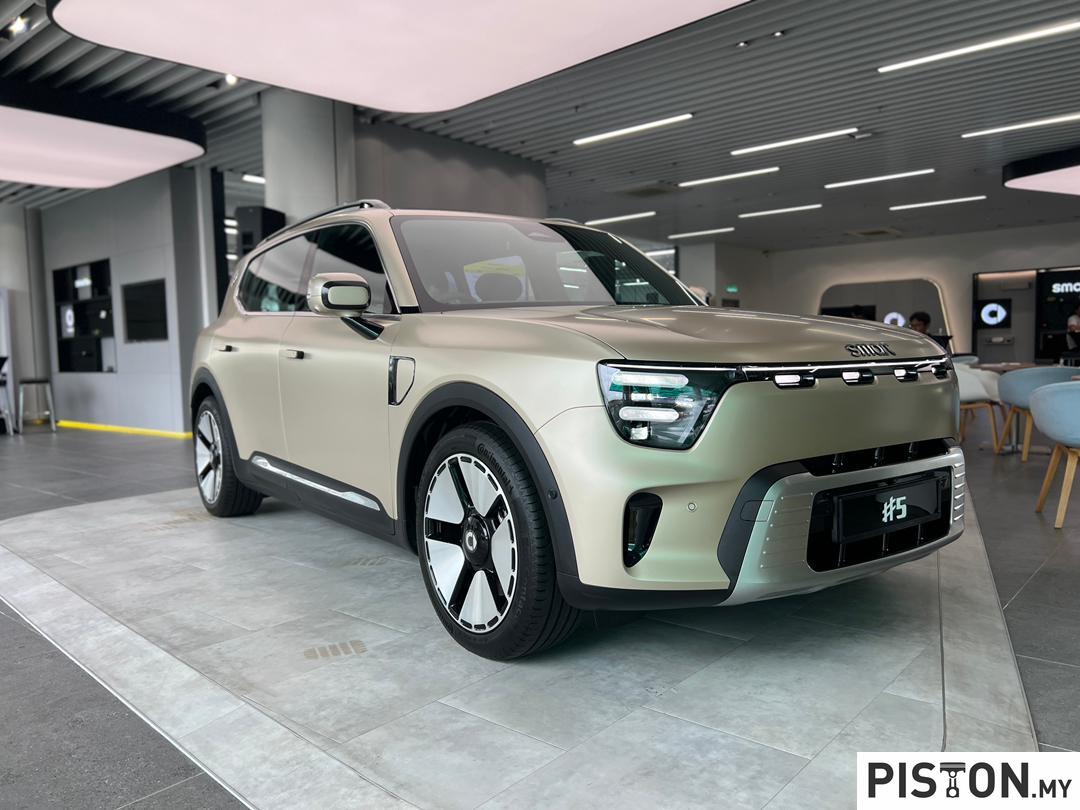While public transport is a popular means of commuting in many countries, it is, unfortunately, less appealing to Malaysians. This is partly due to the various issues that affect punctuality as well as accessibility, discouraging many from using public transport systems more. We often read of delays and disruptions on rail lines and buses seem to be unpredictable in their frequencies.
Thus personal mobility, where one has better control of travelling, is preferred even if it means putting up with congestion and then looking for parking spaces. For many, it may be better than standing on a platform waiting for a train to come – and then find that some technical problem has suspended services and an alternative way to get to office has to be found.
Using a car does mean enduring congestion daily and parking charges can also be high. An alternative to a car would be a two-wheeler which cuts through jams and is generally easy to park almost anywhere. It’s also cheap to maintain and the only thing you have to accept is that when it rains, then your journey will be interrupted.
(more…)
